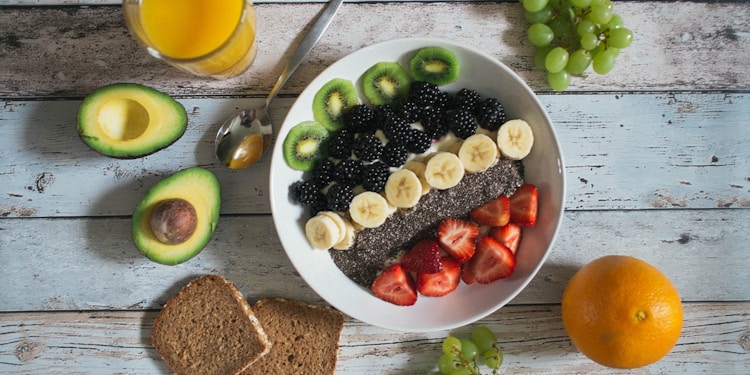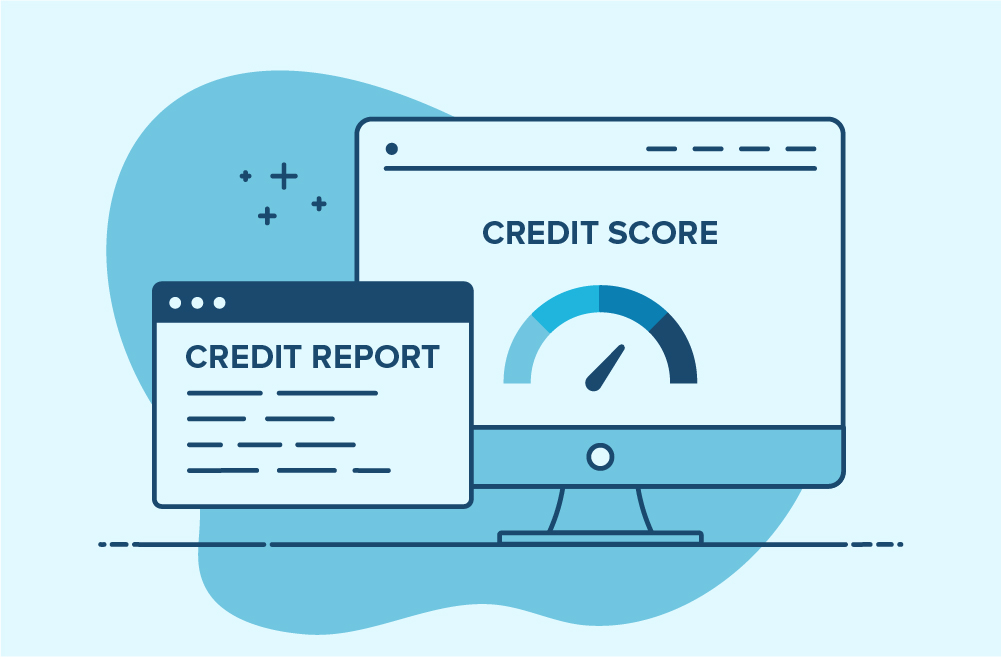Food and drinks are two of the major expenses that anyone has to pay for in life. Whether it’s for daily meals or simply to satisfy thirst, people need to pay more for both. Having to pay more for food and drinks isn’t really that bad, though. After all, it’s necessary in order to thrive in life. That being said, there are some ways on how you can save money when you buy food and drinks. This guide discusses some quick tips on how you can save more money on food and drinks expenses.
Buy In Bulk
The first thing you can do to save money on food is to buy in bulk whenever possible. Whether it is learning to buy bulk soda in glass bottles because those last longer, or stocking up on water, bulk buying is one of the best ways to save money because you are getting a much bigger discount for buying more items at once or purchasing an item that would usually cost less if bought in smaller quantities.
Tips for buying in bulk:
- Look up bulk buying opportunities in your community. Many communities have stores that sell certain items in bulk that are otherwise too expensive for what they are when bought individually. Whether it is a box of cereal for 30 cents cheaper or a bag of rice 2 dollars cheaper, you can save money by buying these items from the bulk store rather than the normal grocery store.
- Make sure to always check expiration dates on food you buy in bulk because if something spoils, you will be stuck with a lot of wasted food! If your family goes through enough ketchup or yoghurt each month, then go ahead and stock up, but make sure it lasts long enough before going bad to avoid wasting any products.
- Start slow. It could be overwhelming at first if the only thing you are used to buying in bulk is an item like cereal. If there are other items that your family uses regularly, start by buying those things in bulk before expanding into more expensive items like meat or cooking oils.
Stick To Generic Brands
Buying generic brands whenever possible is also a great way to save money whenever cooking or drinking. While the flavour might be slightly different, for many things like soda and coffee, many people feel that generic tastes just as good as any other brand name item out there. The biggest thing about sticking with generic brands is to do research into what products they offer because some stores only carry certain things under their generic brands.
Tips for sticking to generic brands:
- Be sure to read ingredients lists closely. For example, Gatorade has 5 times more sugars than its generic counterpart G2. Similarly, Hersey’s milk chocolate syrup has 100 calories per 1 oz serving while Hershey’s chocolate syrup has 60 calories – so the generic version will have lower-calorie chocolate syrup for baking/making at home.
- Shop often! Generic brands are constantly changing because different store chains have different deals with their suppliers, so it is important to keep looking for new things and make note of what you like and dislike about products if there is a certain item you use regularly (i.e: does my dog need special food? Does our family like jelly beans?).
- Be aware of what you’re buying. Generic brand items are typically only similar to the name brand item in terms of quality, not necessarily flavors. For example, while there are many generic brands for ketchup, they do differ in taste – so if you love your family’s recipe for spaghetti sauce or just really like Heinz ketchup, it may be worth it to stick with the real deal rather than using a cheaper option!
Shop Around For The Best Deals
Next, it would be good to shop around before actually making your purchase so you know which store has the lowest prices. If there are other stores nearby selling frozen vegetables at a lower price, then go over and check their prices as well so you might have something cheaper than what’s being sold near where you live now. It’s always better to compare the different pricing before actually making your purchase because this can easily save you money.
Tips for shopping around:
- Always check the unit price to compare prices before making your purchase. Many stores will also display how much an item costs per ounce, pound, etc – so use these numbers carefully to work out which item is cheaper overall because sometimes things look cheaper by weight but there could be more packaging or other factors that make the product cost more (i.e: buying cereal in bulk).
- Make a list of all items you need/want and share it with the people going grocery shopping with you! This way, if they see a deal on something, they can stock up on it for you without having to ask every single time.
- Make a maximum budget before going shopping. If you want to buy 20 boxes of cereal, make a list but only allow yourself to buy as much as possible with the budget you set for yourself. If you find that there are too many items on your list, try cutting down since it is better to pay attention to pricing rather than buying more things.
- Be careful using coupons and loyalty cards because sometimes these can end up costing a person more money depending on the discounts they offer! For example, if someone has a coupon for 10% off an item that is already discounted at 20%, then they will end up saving only 8%.
Make Your Own Food
It is always better to make your own food instead of buying pre-made items because this can help reduce the price of groceries by a lot! There are many recipes that are quick, easy, healthy, and still taste good – so feel free to experiment with the food you like or try something new altogether.
Tips for making your own meals:
- Plan your meals every week! If you know what you will be eating for the following couple of days, it’s easier to plan out all the ingredients you need and how much time each meal will take. Don’t forget to check if anyone in your house is on a special diet such as vegetarian or vegan because then you might have to modify your menu plans.
- Cook using whatever food items are currently stocked up in your kitchen cupboards/fridge/freezer instead of planning each meal around specific ingredients (i.e: Don’t make sandwiches with only cheddar cheese – use whatever cheese is left).
- Use websites like All Recipes and Food Network for recipes and ideas on recipes that can be made quickly!
Eat Leftovers
Eating leftovers is an easy way to reduce the cost of food. Have leftover meals for breakfast along with toast or cereal because many types of meals can be eaten for breakfast, such as spaghetti bolognese, chicken fried rice/noodles, etc.
Always put leftovers in an airtight container first before putting them into the fridge! This will help prevent anything from accidentally spilling onto other food items by accident and also keep leftovers fresher for longer. It’s also a good idea to include some extra seasoning along with the leftover meal so that the new dish tastes similar but different enough at the same time!
It is always better to be aware of how much money you are spending on food/drinks because this will help prevent overspending. By keeping track of coupons, loyalty cards, prices, buying in bulk, and planning what you eat accordingly, it is very easy to reduce the costs of groceries without having to make sacrifices with your diet!












